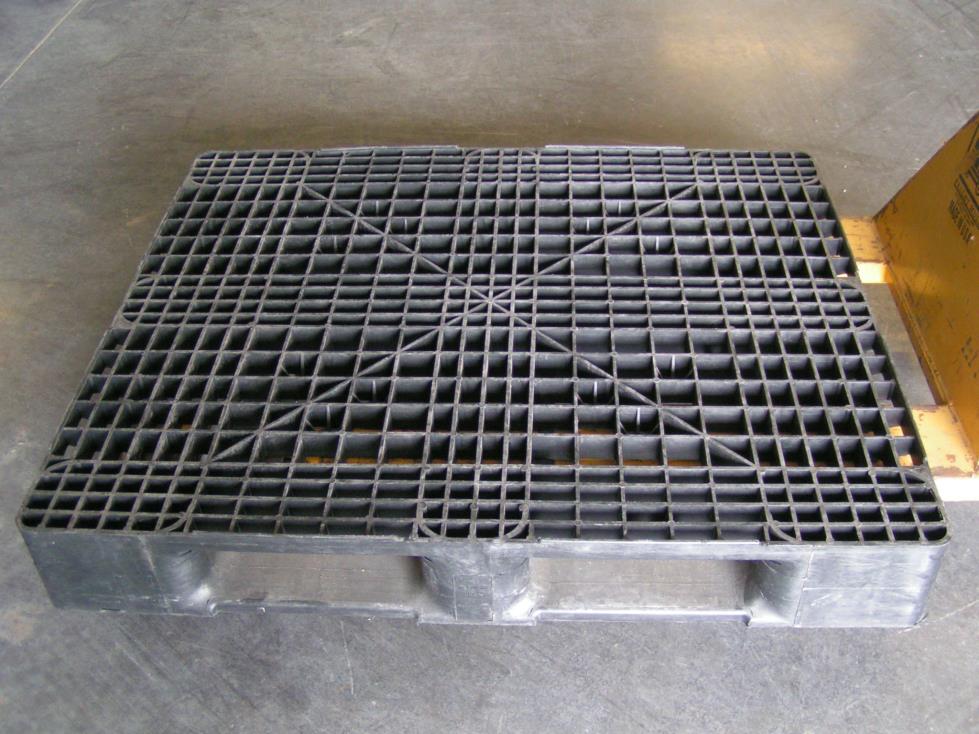Within the fast-paced sphere of logistics and supply chain management, pallet systems serve as the unheralded champions that simplify and optimize the transportation and storage of products. pallets in tulsa are crucial in enabling the movement of products from location to another, making sure that goods are organized and accessible. As businesses strive to boost productivity, the role of pallets grows increasingly vital in maintaining an organized and effective warehouse setting.
These structures not only enhance the practicality of storage systems but also contribute to an aesthetically pleasing work environment. A properly arranged warehouse with well-ordered platforms can boost not just productivity but also the spirit of the employees. This article examines the significance of these platforms in the realm of warehouse organization and how their effective use can lead to a more functional and attractive workspace.
Comprehending Types of Pallets

Freight pallets come in a diversity of types, all designed for distinct applications and environments. The most prevalent types include timber, plastic, steel, and blended pallets. Wooden pallets are commonly utilized due to their excellent durability and affordability, making them ideal for common shipping and storage. On the other hand, polymer pallets are lightweight and resistant to moisture, chemicals, and pests, which makes them appropriate for industries like food service and pharmaceuticals where hygiene is crucial.
Metal pallets, often made from metal, provide remarkable strength and are perfect for heavy load applications. They are typically utilized in industries that require pallets to endure extreme conditions, such as manufacturing and heavy shipping. Hybrid pallets, made from a blend of materials, offer a equilibrated solution, providing both durability and minimized weight. This versatility makes them ideal for a variety of applications, including logistics and retail.
Understanding the various types of pallets is crucial for organizations looking to optimize their warehouse operations. Picking the right pallet type not only boosts efficiency in transportation and storage but also ensures that goods are safeguarded, ultimately leading to overall productivity. By choosing the appropriate pallets, businesses can more efficiently meet their particular logistical needs and enhance their warehouse management practices.
Creating for Efficiency
In the realm of storage facility arrangement, the design of pallet systems plays a critical role in enhancing workplace effectiveness. A well-designed pallet system not only optimizes storage space but also streamlines the procedure of loading and unloading goods. By choosing the right dimensions and type of pallets, warehouses can optimize aisle widths, improve accessibility, and guarantee that items are kept in an organized manner. This commitment to efficient design fosters a efficient environment where resources and resources are preserved.
The choice of pallets also influences the process within a warehouse. Uniformly adopting pallet sizes can substantially cut down on the complexity of inventory management. Pallets that easily integrate with material handling equipment like lift trucks and pallet jacks reduce the chance of harm to goods and improve safety for warehouse staff. Additionally, incorporating features such as ventilated pallet designs can facilitate air circulation and visibility, which also enhance the handling process and supporting quick inventory counts and audits.
Effectiveness in pallet design goes beyond the physical attributes; it also entails applying technology to improve operational processes. Using RFID tags or barcode systems on pallets allows for real-time tracking of goods throughout the logistics network. This integration not only maintains inventory levels correct but also allows warehouses to quickly detect bottlenecks and respond accordingly. Embracing innovative pallet designs alongside technology ensures that warehouses stay competitive and can meet the increasing demands of modern logistics.
Boosting Aesthetic Attractiveness
Visual appeal play a significant role in warehouse organization, as a attractive environment can increase morale and productivity among employees. By choosing pallets that not only fulfill their functional purpose but also enhance the overall look of the space, warehouses can foster a more welcoming atmosphere. Using uniform or color-coordinated pallets can help simplifying the visual aesthetic, making the area feel more neat and polished.
Including design features into pallet usage can also reflect a company's identity. Custom pallets featuring logos or specific colors can enhance the branding experience and create a harmonious look across the warehouse. This not only aids in differentiating different products but also strengthens the brand image, turning the warehouse into an expansion of the company's visual identity.
Moreover, keeping a clean and well-organized pallet layout can significantly improve the aesthetics of the entire warehouse. Regular cleaning and arranging of pallets not only prevent clutter but also encourage security and effectiveness. A tidy space motivates workers to take pride in their environment, leading to increased levels of engagement and satisfaction while enhancing the overall aesthetic appeal of the warehouse.
